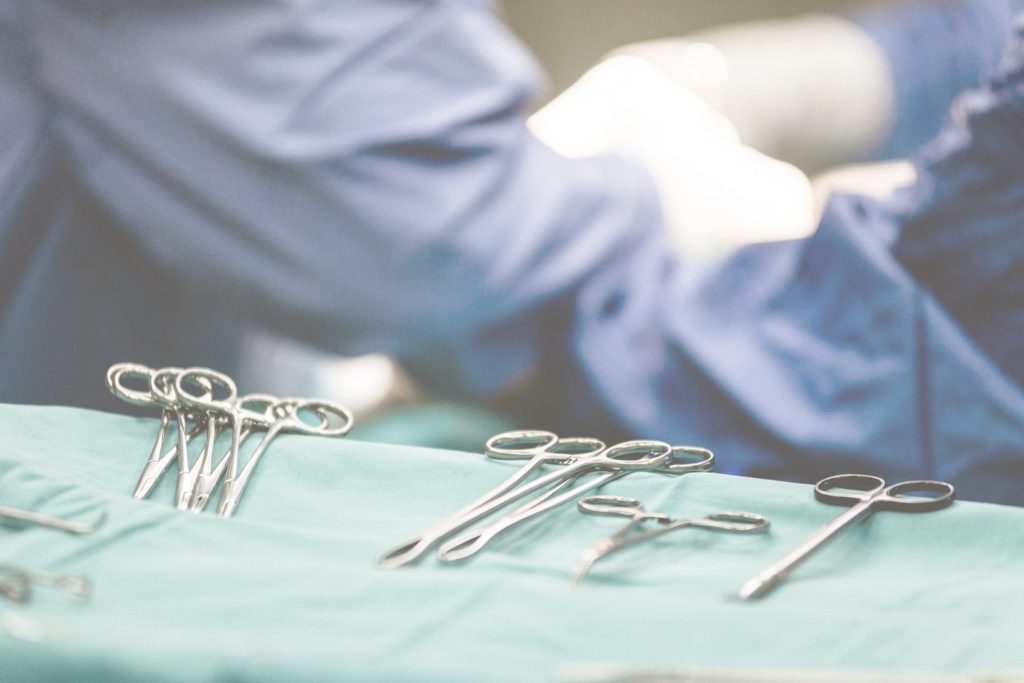What you need to know about Cervical Sympathectomy
Contents
- 1 What you need to know about Cervical Sympathectomy
- 2 What Does the Procedure Involve?
- 3 How Long Should You Stay in the Area?
- 4 How Long is the Recovery Time?
- 5 What Aftercare Should You Consider?
- 6 What is the Success Rate for a Cervical Sympathectomy Procedure?
- 7 Are there Alternatives to a Cervical Sympathectomy Procedure?
- 8 What Should You Expect Before and After the Procedure?
Sweating in the hands, face, scalp, and arm is controlled by a sympathetic nerve, which can be found in your upper chest and lower neck. A cervical sympathectomy is a procedure to treat problems along the sympathetic nerve. You may need to undergo this procedure if you have hyperhidrosis, facial blushing, some chronic pain conditions, and Raynaud phenomenon.

What Does the Procedure Involve?
During cervical sympathectomy, you will be given a general anesthetic so you will be asleep throughout the procedure. Your surgeon starts by making several incisions on one side of your chest below the underarm to insert a tube containing a camera as well as a tiny surgical tool. Using this tiny surgical tool, your doctor will cut or clamp the sympathetic nerve at the right spot, depending on your exact condition.
How Long Should You Stay in the Area?
You are required to stay in the hospital for one to two days, but you may need to stay in the local area for about a week. During your stay in the country, you need to attend a follow-up checkup where your surgeon will check your overall condition.
How Long is the Recovery Time?
It is very important to take it easy for several days following the surgery. Most people can return to most of their normal activities and work within a week if their job is not physically demanding. Make sure to avoid bathtubs, swimming pools, and showers for 2 weeks after your surgery.
What Aftercare Should You Consider?
Your surgeon will give you detailed aftercare instructions that you need to follow. Make sure to take the medications as prescribed and attend the follow-up checkup your schedules. There is usually no special diet after the procedure, but make sure to confirm this with your surgeon. You may be given a recommended exercise routine, be sure to follow it.
What is the Success Rate for a Cervical Sympathectomy Procedure?
Cervical sympathectomy is a generally safe procedure with a high success rate. However, it is important that you talk to your doctor about the side effects and risks of the procedure before your surgery. The side effects and risks may include bleeding, pain, infection, more sweating in other parts of the body, collapsed lung, pneumonia, stroke or heart attack during the procedure, the need of a breathing machine for an extended period, injuries to nerves and blood vessels, burning sensation, Horner’s syndrome, weakness in the arms, and surgery did not relieve the problem.
Are there Alternatives to a Cervical Sympathectomy Procedure?
The alternatives to cervical sympathectomy depend on the underlying condition it is used to treat. If you have hyperhidrosis, you may opt for a procedure called microwave therapy or sweat gland removal. For the Raynaud phenomenon (Raynaud’s disease), your doctor may suggest medications (calcium channel blockers and vasodilators) or chemical injection.
What Should You Expect Before and After the Procedure?
Before cervical sympathectomy, you may experience a disease that causes you to sweat a lot, or some areas of your body feel numb and cold in response to stress or cold temperature. After the procedure, your symptoms should be relieved and you may be cured of this condition.
To check prices or to book a Cervical Sympathectomy Procedure in Thailand or anywhere else in the world, head on over to MyMediTravel now!

